Author: Cade Jobe
As the primary organism responsible for turning wort into beer, quality brewers tend to focus quite a bit on yeast, which often includes adding nutrients to the wort prior to pitching. One important nutrient that’s largely absent in barley malt, unlike many other nutrients, is the trace mineral zinc, which is usually added to wort prior to pitching the yeast.
Zinc can have both positive and negative effects on fermentaton, with too much (2+ ppm) causing cell death while too little (less than 0.2 ppm) results in poor permeability of the cell membrane and slows the rate of alcohol dehydrogenase—the enzyme that catalyzes the conversion of acetaldehyde into ethanol during fermentation.
While tasters in a prior xBmt were unable to tell apart a beer made with zinc added at yeast pitch from one made without zinc, the one made with zinc fermented noticeably slower, which may have been due to the fact I added nearly 7x more zinc than recommended. Curious to see what impact a more reasonable addition of zinc would have on both fermentation activity and beer character, I put it to the test again!
| PURPOSE |
To evaluate the impact adding zinc at yeast pitch has on a Vienna Lager.
| METHODS |
For this xBmt, I went with one of my tried-and-true Vienna lager recipes.
Zed Incorporated
Recipe Details
| Batch Size | Boil Time | IBU | SRM | Est. OG | Est. FG | ABV |
|---|---|---|---|---|---|---|
| 5.5 gal | 60 min | 21.5 | 10.4 SRM | 1.043 | 1.004 | 5.12 % |
| Actuals | 1.043 | 1.004 | 5.12 % | |||
Fermentables
| Name | Amount | % |
|---|---|---|
| Extra Pale Maris Otter® Malt | 4 lbs | 35.56 |
| Vienna | 4 lbs | 35.56 |
| Munich | 3.125 lbs | 27.78 |
| Chocolate | 2 oz | 1.11 |
Hops
| Name | Amount | Time | Use | Form | Alpha % |
|---|---|---|---|---|---|
| Hallertau Magnum | 14 g | 60 min | Boil | Pellet | 12 |
| Saaz | 21 g | 5 min | Boil | Pellet | 3.5 |
Miscs
| Name | Amount | Time | Use | Type |
|---|---|---|---|---|
| Zinc | 20 mg | 0 min | Primary | Other |
Yeast
| Name | Lab | Attenuation | Temperature |
|---|---|---|---|
| Que Bueno (L09) | Imperial Yeast | 75% | 32°F - 32°F |
Notes
| Water Profile: Ca 56 | Mg 19 | Na 38 | SO4 47 | Cl 64 |
Download
| Download this recipe's BeerXML file |
After collecting the full volume of water for each batch, adjusting both to the same mineral profile, then setting the electric controllers to heat them up, I prepared the grains.
With the water properly heated, I stirred in the grains, turned the pumps on to recirculate, and set the controllers to maintain my intended mash temperature of 148°F/65°C.
While the mashes were resting, I weighed out the kettle hop additions.
Following each 60 minute mash rest, I removed the grains then heated each batch to a boil, adding hops at the times stated in the recipe.
When the boils were complete, I racked identical volumes of wort from each batch to separate Brew Buckets before taking hydrometer measurements showing both were at the same OG.
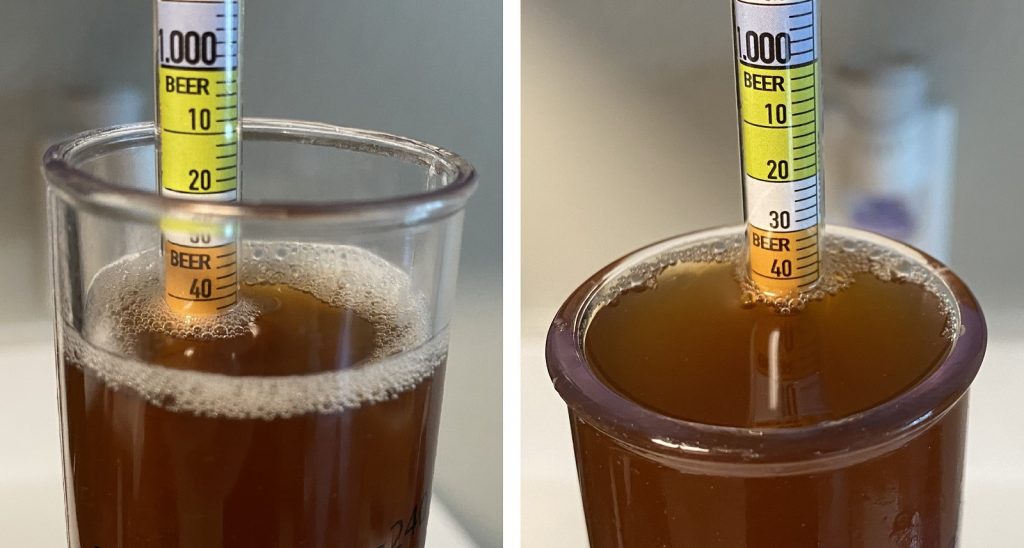
I then measured out enough zinc gluconate to obtain 40 milligrams of zinc in the wort, which is the amount it took to achieve a concentration of 2 ppm.
The worts were left in my chamber to finish chilling to my target fermentation temperature of 68°F/20°C, at which point I pitched a pouch of Imperial Yeast L09 Que Bueno into each fermenter. I also pitched the zinc into one of the fermenters.
The following day, both batches were showing similar signs of activity and signs of fermentation were all but absent after 4 days. Hydrometer measurements taken 2 days later showed both beers reached the same FG.
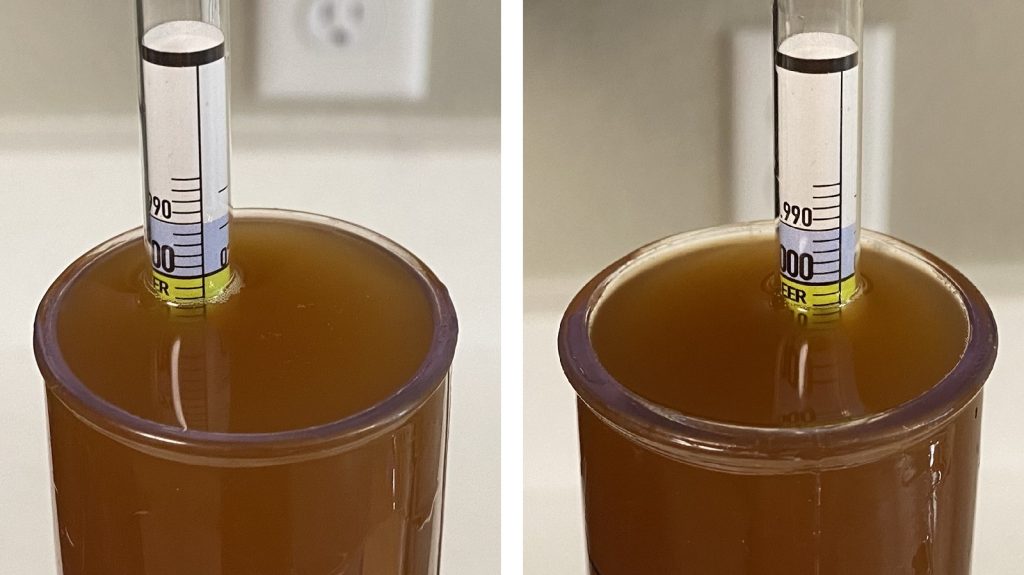
At this point, I pressure transferred the beers to CO2 purged kegs.
The filled kegs were placed on gas in my keezer and allowed to condition for a week before they were ready for evaluation.
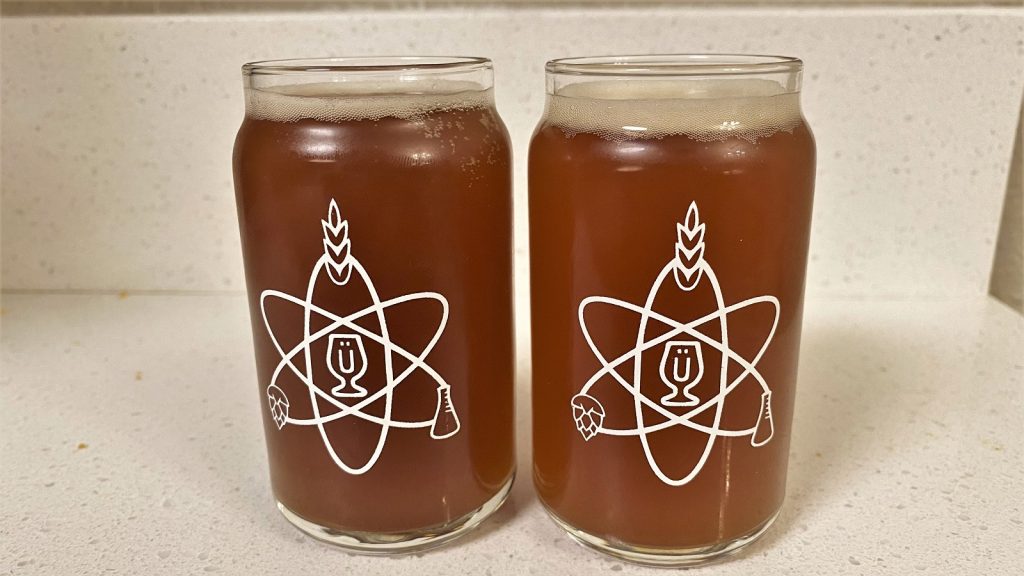
| RESULTS |
Due to social distancing practices as a result of the COVID-19 pandemic, data for this xBmt was unable to be collected in our typical manner. As such, temporary adaptations were made involving the author completing multiple semi-blind triangle tests in as unbiased a way as possible.
Utilizing 4 opaque cups of the same color where 2 were inconspicuously marked, one set was filled with the beer that had zinc added at yeast pitch while the other set was filled with the beer made without a zinc addition. For each triangle test, 3 of the 4 cups were indiscriminately selected, thus randomizing which beer was the unique sample for each trial. Following each attempt, I noted whether I was correct in identifying the unique sample. Out of the 10 semi-blind triangle tests I completed, I needed to identify the unique sample at least 7 times (p<0.05) in order to reach statistical significance. In the end, I correctly identified the unique sample just 2 times (p=0.90), indicating my inability to reliably distinguish a Vienna Lager where zinc was added at yeast pitch from one without a zinc addition.
To my palate, everything about these beers was identical. Both had pleasant cracker and toasty notes that balanced the subtle hop spiciness. The color from the small dose of chocolate malt was perfect, though given my lack of fining or filtration, the clarity was lacking a bit. Either way, I felt these were wonderfully crushable beers brewed just in time for Oktoberfest.
| DISCUSSION |
Like all living creatures, yeast require nutrients to effectively perform metabolic activities. While barley malt naturally contains most of those nutrients, it’s largely deficient in zinc, which yeast uses for many different purposes. When tasked with fermenting wort that’s low in zinc, yeast activity can be impacted such that the beer ends up possessing undesirable off-flavors. The fact I was unable to reliably distinguish a Vienna Lager with the recommended amount of zinc added at yeast pitch from one where no zinc was added suggests any perceptible differences were minimal enough as to be imperceptible.
One reported benefit of adding zinc at yeast pitch is that it reduces lag time and encourages a more active fermentation, though no such differences were observed in this xBmt. It occurred to me that my source water may possess some zinc, but a check of my local water report nixed this idea. I also looked into the specific malts I used for these beers to see if it possessed trace amounts of zinc, but I was unable to find a reliable source, thus we cannot confidently rule this out as a possible explanation for these results.
This being the second exBEERiment where zinc additions did not seem to impact beer character, I am less concerned about the negative impact having too little in the wort will have. At this point, while I still understand the importance of providing a generally nutrient rich environment for yeast, I have no plans to continue making straight zinc additions at yeast pitch.
If you have any thoughts about this xBmt, please do not hesitate to share in the comments section below!
Support Brülosophy In Style!
All designs are available in various colors and sizes on Amazon!
Follow Brülosophy on:
FACEBOOK | TWITTER | INSTAGRAM
If you enjoy this stuff and feel compelled to support Brulosophy.com, please check out the Support page for details on how you can very easily do so. Thanks!


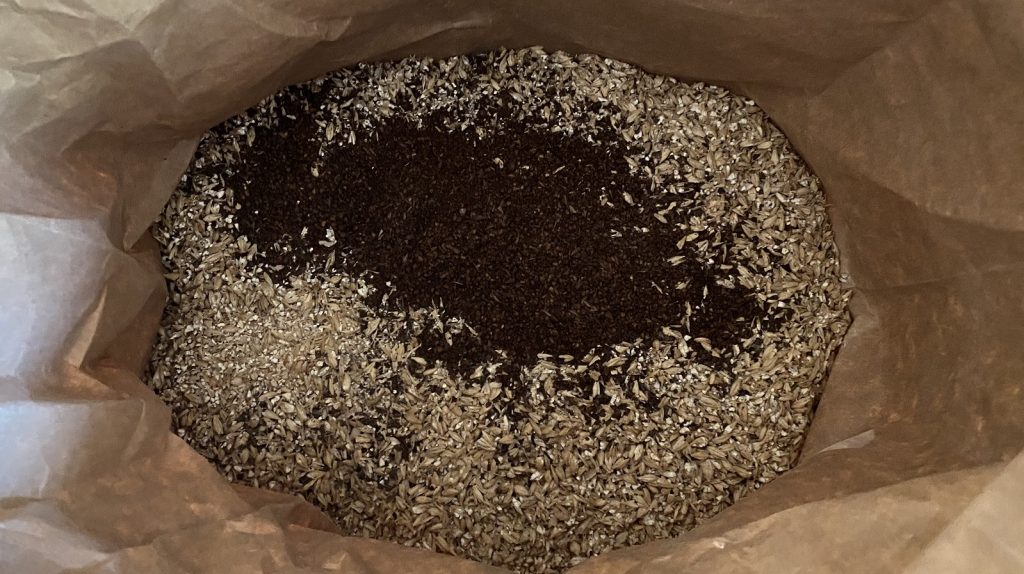
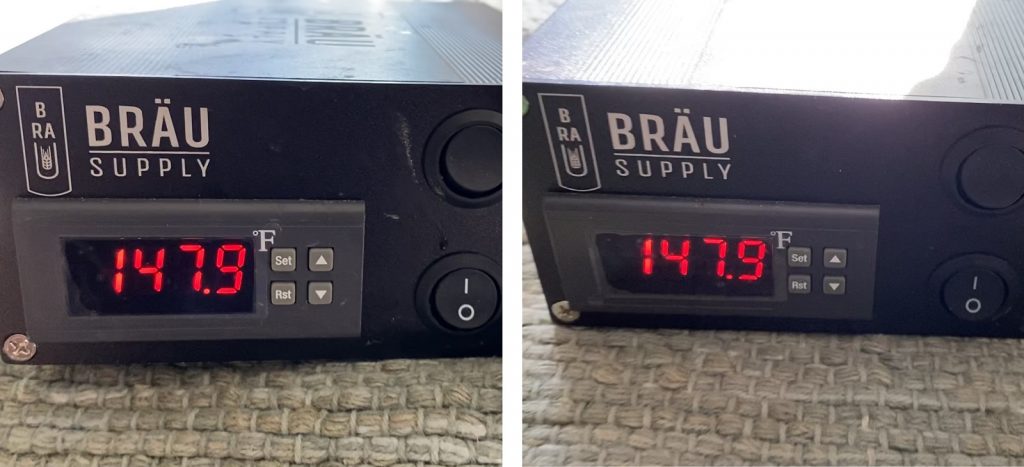
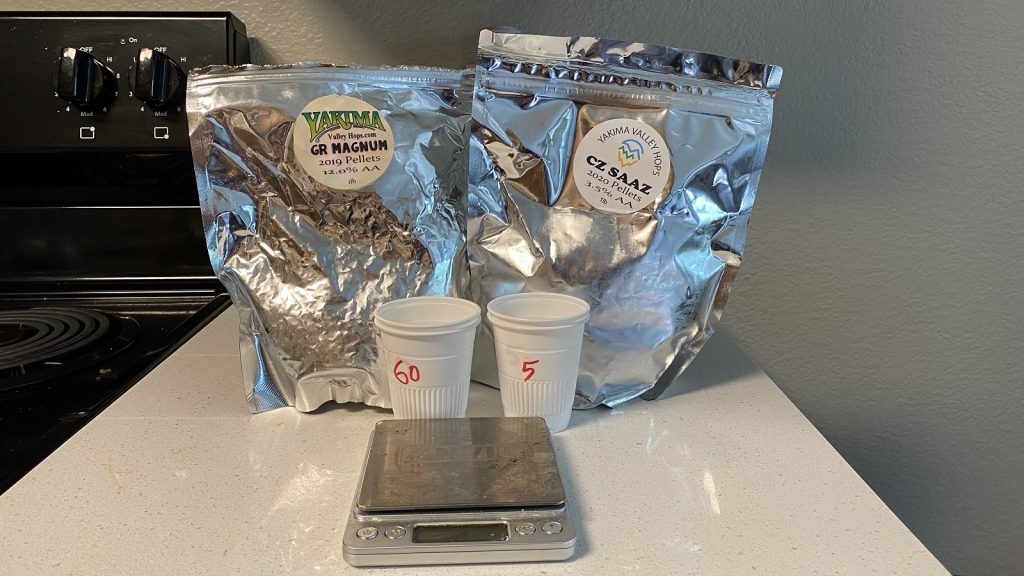
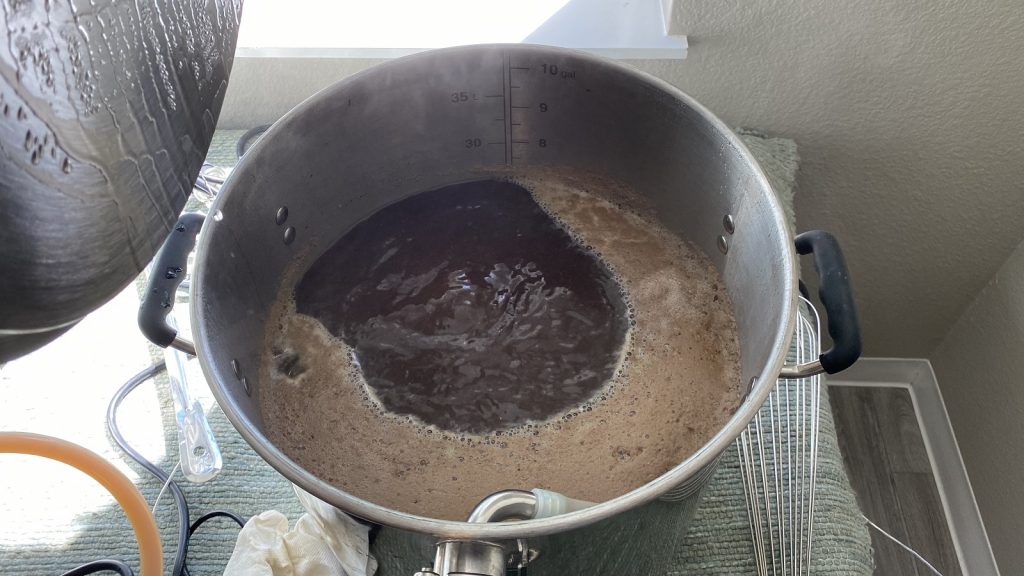
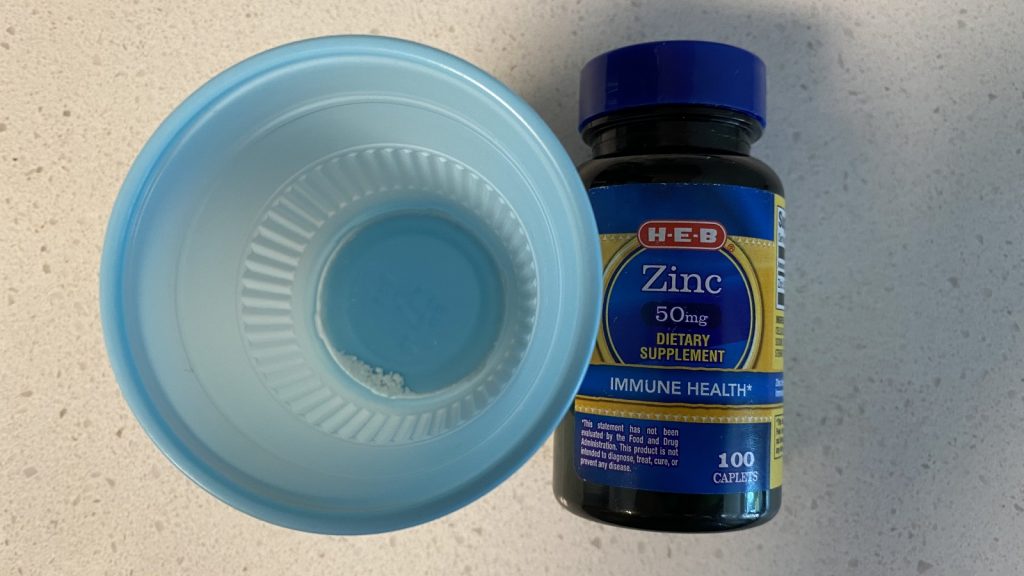
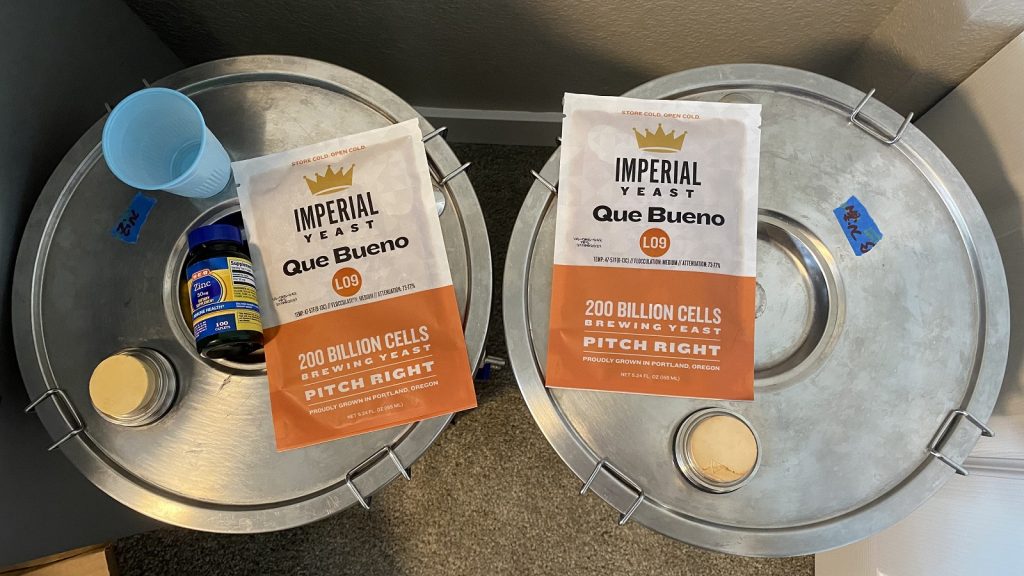
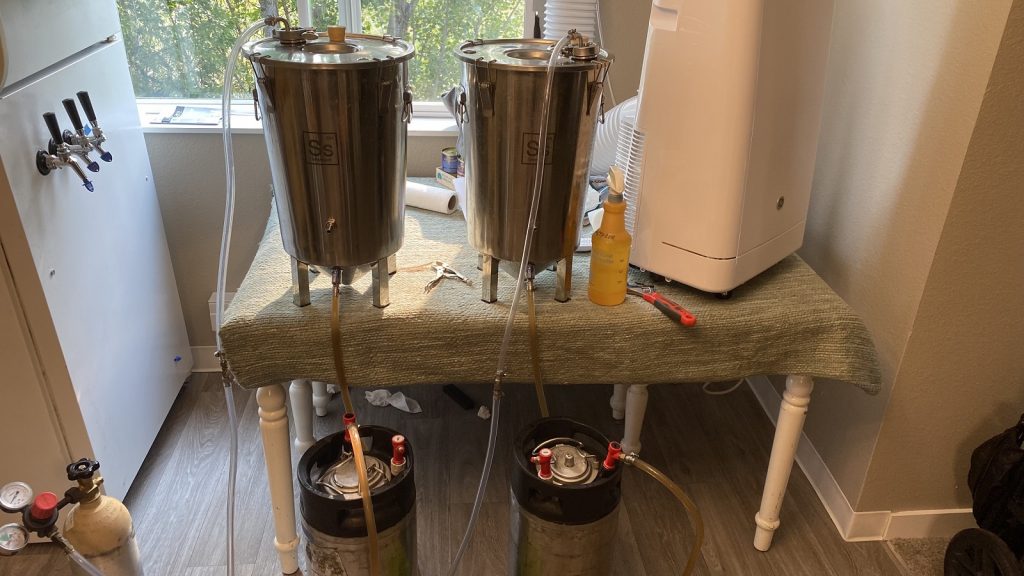











15 thoughts on “exBEERiment | Impact Adding Zinc At Yeast Pitch Has On Vienna Lager”
Perhaps the zinc addition, concurrent with the yeast pitch, did not have enough time to diffuse throughout the wort and become available to the yeast cells when they could have benefited from it? What if the zinc were instead added at flameout?
It’s possible, but the prevailing practice is to add zinc at the same time as pitching yeast.
Edit: As I think more about it, mixing the zinc into solution once the wort is cooled might make sense. It’s not clear from the research why it’s added at yeast pitch.
Zinc appears to be bound up by trub and you end up loosing half of the zinc you add hot side it seems (based upon Pro brewer comments when they’ve measured zinc conc. Before and after). It’s no big deal given the tiny amounts and cost, but probably why zinc is added last minute. I prefer to double up and add at whirlpool to make me sleep at night incase of infection. Too much zinc is 4-10x the optimal so no risk there. The other thing people say is successive generations *may* show zinc depletion effects rather than first gen/pitch. It’s all anecdotal really for the most part.
It would be interesting to see this exbeeriment done again sometime in the future with a bigger beer, something like 1.080+ OG. Cheers!
What about a Helles Bock at 1.070? https://brulosophy.com/2019/12/02/the-impact-of-adding-zinc-at-yeast-pitch-exbeeriment-results/
You didn’t use elemental zinc.
I added zinc gluconate in an amount equivalent to 40 mg of elemental zinc. Does that clarify for you?
The experiment says otherwise. You should correct the text if you added zinc gluconate. 40mg of elemental zinc can cause people to get sick.
I also read this to mean 40 mg of zinc gluconate. Although you do say 2 ppm and the math doesn’t lie. 40 mg/20L = 2. The wording is just a little ambiguous.
I’d be curious to know how much zinc Imperial adds while propagating/packaging their yeast. My guess is the yeast deficiency would become more apparent after a number of repitches, and less obvious if fresh yeast is used each time.
I went ahead and made a change to the text. There is 50 mg of (elemental) zinc in each tablet, so I added 4/5 of a tablet to obtain 40 mg of (elemental) zinc in the wort. I hope this clarifies it for anyone that was confused.
Thank you for explaining that you took 4/5 of a 50 mg tablet. I too was confused about how you were deciding and measuring the zinc amount because it says 20 mg in the recipe and both 40 mg and 2 ppm in the steps. Even with adding 4/5 of a 50 mg tablet, you’re not making a concentration of 2 ppm – you are of course adding to whatever is already there, so the wording is a bit weird. I guess I’m not sure how useful experiments are that rely on precise concentrations when you don’t actually test those concentrations. Why don’t you just have the no-zinc beer tested to see how much was contributed by the grains, water, yeast slurry, and hops?
Also I wonder if the other commenter mentioning that it’s not elemental zinc is just talking about how normally we don’t refer to ions or salts as “elemental” forms. There are many forms an element can be in, including elemental, ionic, and molecular, but most people would normally call this addition a zinc salt or maybe ionic. Elemental zinc would be like adding the actual metal.
It took me way too long to get the beer name pun of Zed Incorporated => Z Inc.
Malt provides both macro and micro elements traditional Ale and Lager yeast need. For the case if Zinc, around 1ppm. So the error is to preassume that there is very low Zn content in wort and that it needs to be supplemented. That’s why you probably don’t see any difference. Check this source: https://onlinelibrary.wiley.com/doi/pdf/10.1002/jib.226
Cade, you did mention that you checked your water report, but as another commenter mentioned, Do we know if there is any zinc in the media supplied with the yeast my Imperial? I know there is Zinc included in the Propper starter wort cans, for instance. Thanks for the great article, as always.
Good question! I’ll ask.